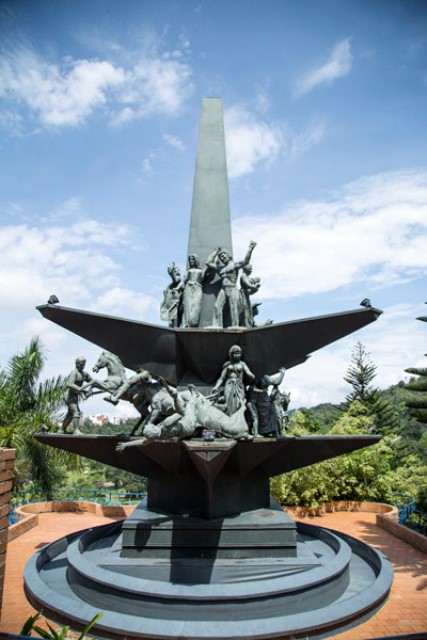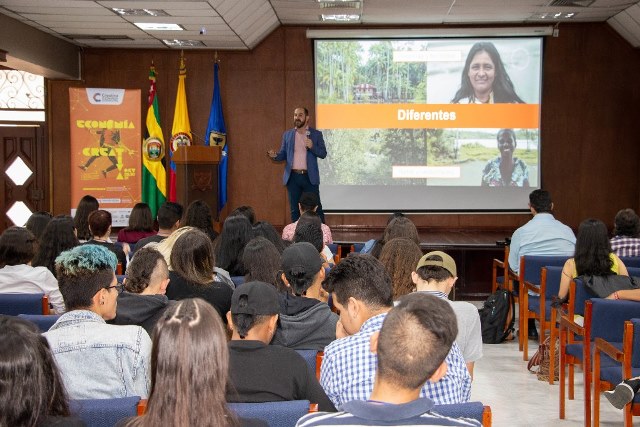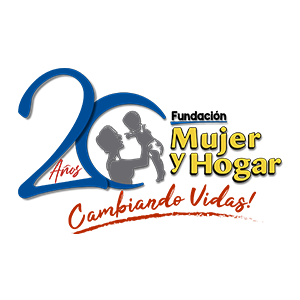LA UDES PUBLICA
- Fecha de publicación:
- 2025-05-01
- Tipo:
- Article
- Número de artículo:
- 106187
- Identificación:
- SCOPUS_ID:85218886971
- eID:
- 2-s2.0-85218886971
- Nombre de la revista:
- Journal of Archaeological Science
- Autor(es) UDES:
- Castro Méndez S.A.
- Otros Autores:
- Martínez-Polanco M.F., Ingicco T., Heteren A.H.v., Rössner G.E., Rey-Rodríguez I., Jiménez-Acosta M., Martín J.G.
- Autor Principal:
- Martínez-Polanco M.F.
- Áreas del conocimiento:
- Archeology (arts and humanities), Archeology
Cuartil
Q1
- Ranking
- 3015
- Tipo
- Journal
- ISSN
- 03054403
- eISSN
- 10959238
- Región
- Northern America
- País
- United States
- Volumen
- 177
- Cobertura
- 1974-2022
Bogotá
Cra. 14 N° 80-35
PBX: (+57) (601) 6914004
Línea Directa Interesados Programas: (601) 6914104
Horario de Atención: lunes a viernes de 7:00 a.m - 12:00 m. y de 2:00 p.m a 6:00 p.m
Pregrados
Universidad de Santander UDES. Vigilada Mineducación.
Resolución otorgada por el Ministerio de Educación Nacional: No. 6216 del 22 de diciembre de 2005 / Personería Jurídica 810 de 12/03/96.
Institución sujeta a inspección y vigilancia por el Ministerio de Educación Nacional. Resolución 12220 de 2016.
Notificaciones administrativas y judiciales:
Copyright © 2021 - Todos los derechos reservados




























